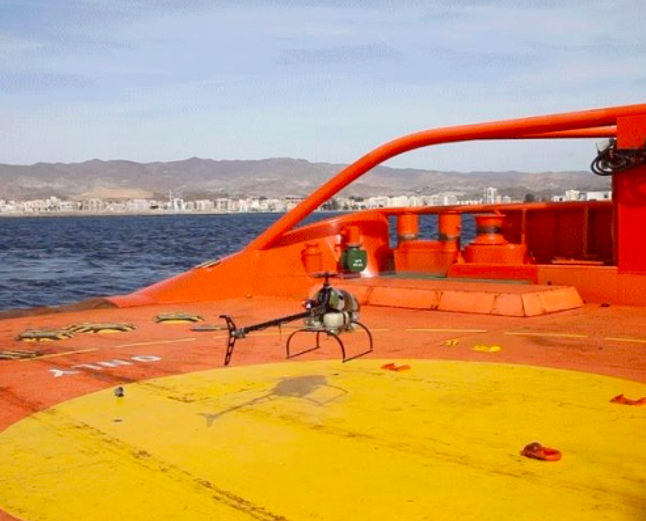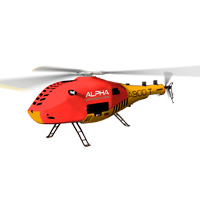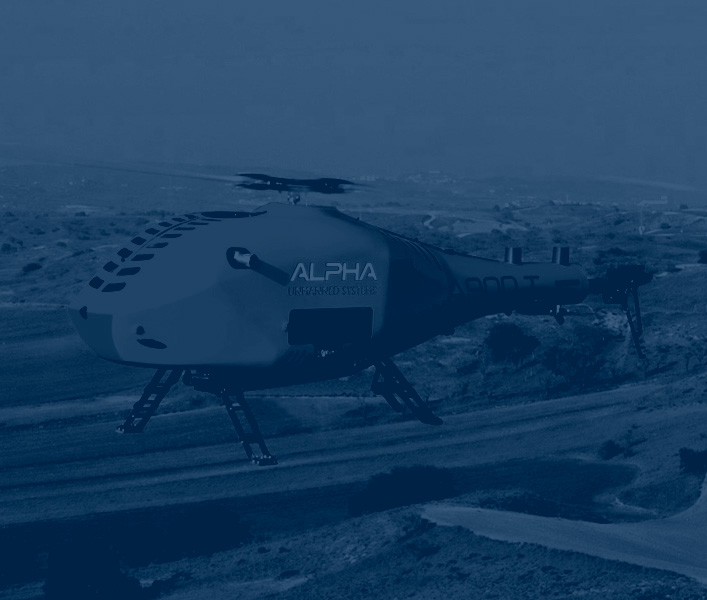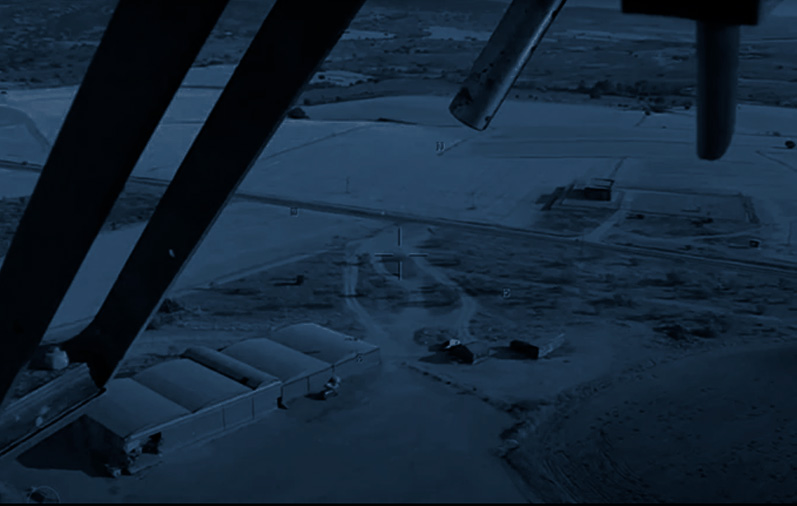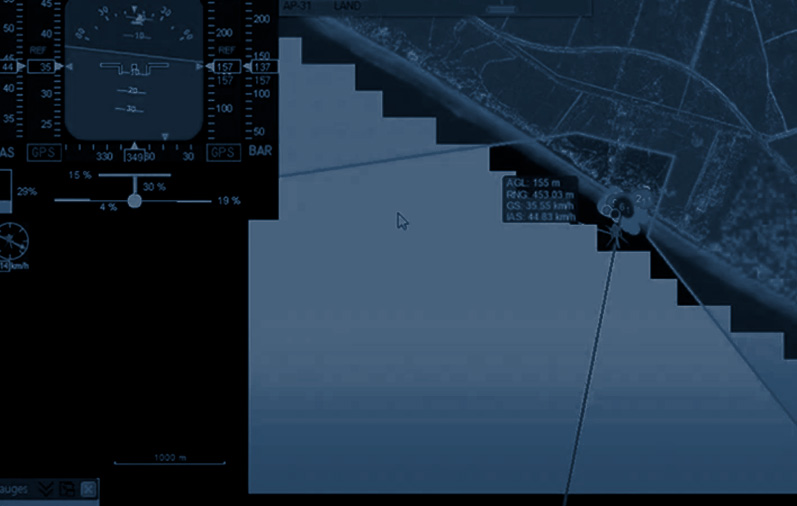Autonomous landing on moving platforms is very complex. Maritime autonomous landings are particularly challenging given meteorological conditions, radio interferences and other important variables which frequently affect autonomous landings.
Main challenges:
1 – Communications:
During ground-based operations, the GCS and GDT (the tracking antenna) are static. This means that the tracking antenna is usually pointed North and is horizontally aligned. Its commands are sent relative to North and thus no heading source is required.
During maritime operations however the GDT is moving in pitch, roll and yaw directions. Using a directional tracking antenna with a 10º or 15º degrees of effective radiation pattern requires counteraction and stabilization of the 3 axes to ensure the correct positioning. For this purpose, a simple GPS receiver and an IMU and heading source can be used. Importantly, these cannot rely on a magnetic compass (due to the magnetic interference caused by the metallic vessel).
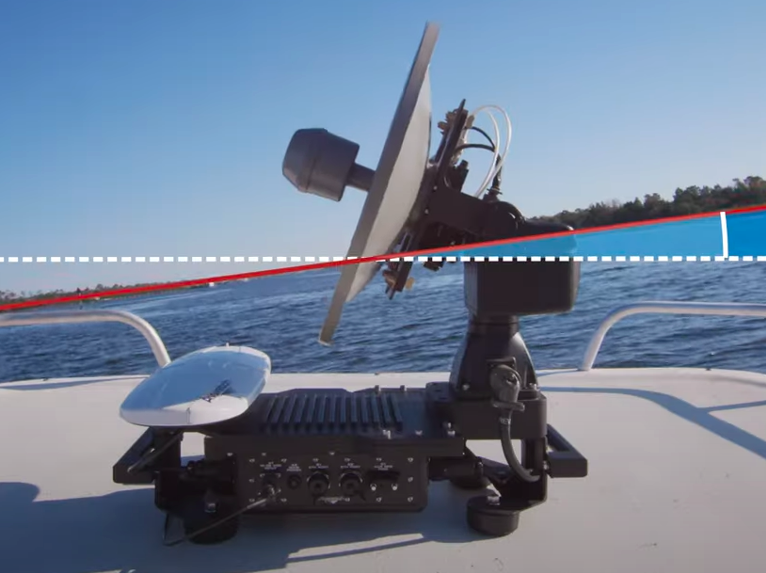
2 – Take-off and Landing:
Take-off or landing operations from a moving vessel is especially challenging as the UAV must navigate relative to the vessel that is moving. Since ferrous materials are frequent on vessels, magnetometer precision may be affected negatively. For any helicopter landing or take-off maneuvers on a mobile platform, it is essential to have clear, precise, and reliable positioning and angles.
Through GNSS, the system will be able to obtain both vessel and UAV positions, and thus relative positioning too. By means of the GPS Compass on both ground and in the air, relative orientation between the UAV and vessel is calculated. This ensures that the UAV always approaches the vessel from the correct orientation.


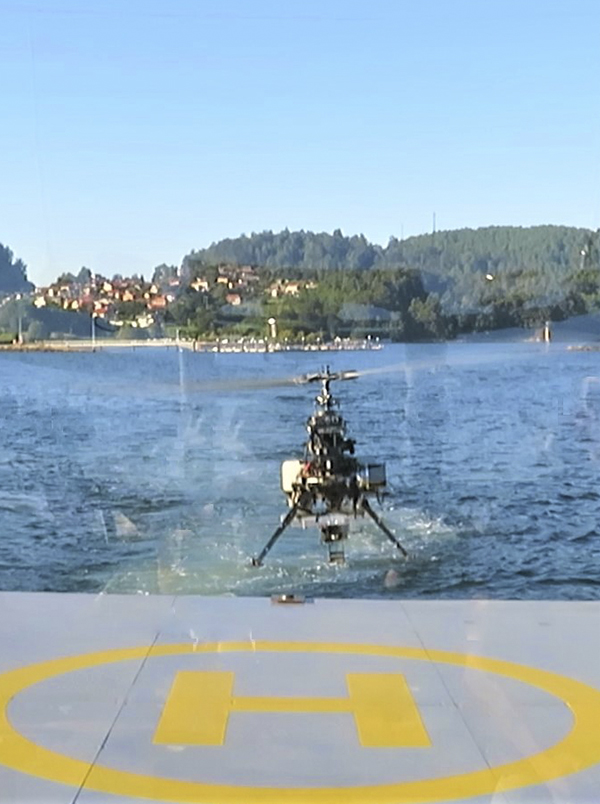

Override capability by the External Operator is also possible during Take-off and Landing. Manual override provides one extra layer of control capability and may be used to make necessary small corrections for the UAV during its fully-autonomous navigation mode.
Relative and absolute flight plans:
The UAV has the possibility of configuring several flight plans for both flights and landing. One flight plan will be the “default flight plan” which, in case of COM Loss, will be the flight plan that is executed. In the case that the flights are performed close to the shore, an emergency flight plan for Landing on land in case of COM Loss is also possible. Other variables including high wind speeds, can also be used to affect alternative autonomous landing possibilities.
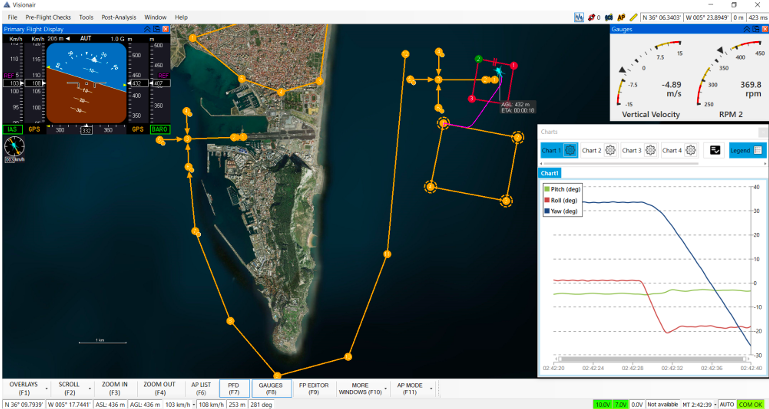
Source: UAV Navigation
3- Systems, selection, integration and payload capability.
Safety and redundancy are essential for all UAV systems. Payload selection, integration and functionality are also essential and must be correctly. All systems must be designed and selected to enable successful landing on mobile platforms while also providing value under normal operating conditions.
As previously described, the UAV requires the same heading source as the vessel. Importantly, it must not be affected by magnetic interference. This will ensure correct navigation and positioning during the Take Off and Landing, when the UAV magnetic compass will be affected by the vessel.
The GPS compass is required to provide stable and reliable heading estimation. This system will also provide a redundant back-up of both the GPS receiver and heading source on normal flights. While video navigation may be useful during the Take-off and Landing, it does not add value during normal operations.
A Radar Altimeter is required to provide reliable measurements of the altitude above the vessel landing platform and the water. This gives us an extra input for the relative altitude over the landing area, increasing the precision of the maneuver.
4 – EMI Interference.
A vessel is an extremely demanding environment primarily due to the high amount of Electromagnetic radiation emitted by the vessel itself. Communication systems and Radars are some of the electromagnetically active systems that can be found on a vessel along with additional electronics.
All ALPHA 900 systems are EMI shielded to reduce interference from external sources.
Additional information about the EMI testing carried out by the Spanish Aerospace Research Institute on the autopilot can be found here:
https://www.uavnavigation.com/support/kb/autopilots/vector/vector-mil-std-tests-details
Extensive testing to gather knowledge and gain expertise.
Alpha has been working diligently on the required technologies and CONOPS necessary to land on moving vessels for more than two years. From the design and manufacturing of our own moving platform to the evaluation of commercially available technologies, Alpha has invested significant internal resources to integrate this capability on its helicopter UAV platform.
Evaluation of sensors:
At the start of the R&D project, all available sensors were evaluated, including radar beacons for relative positioning, radar altimeters, GPS Compass and Video landing aids in order to define the optimal set up.
Testing on the Moving 3DOF platform.
Alpha has designed and built a 3DOF platform to be able to simulate the conditions of an offshore vessel. This exercise has provided tremendous experience and value as it has enabled Alpha to trial any sensors and procedures quickly and efficiently.


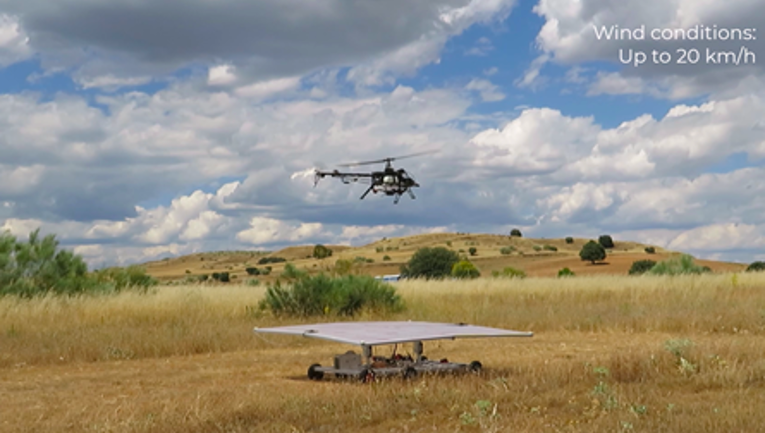
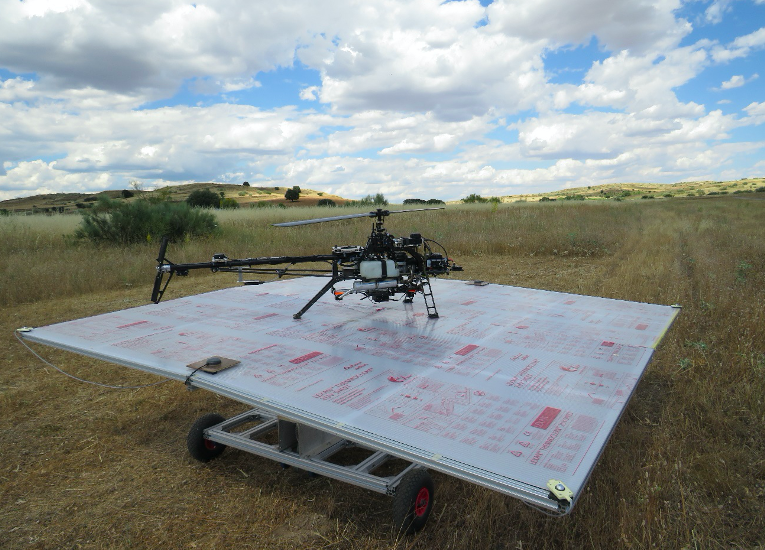

Testing on small boat, modified for testing purposes.
On a small patrol boat, Alpha has added a landing platform to perform take-off and landing exercises under real conditions.


Trials on Coast Guard vessels:
Alpha conducted its first naval take-off and landing from a vessel in 2016. This exercise was a very useful first step to better understand the requirements and conditions of maritime operations.
